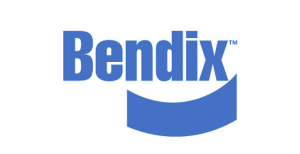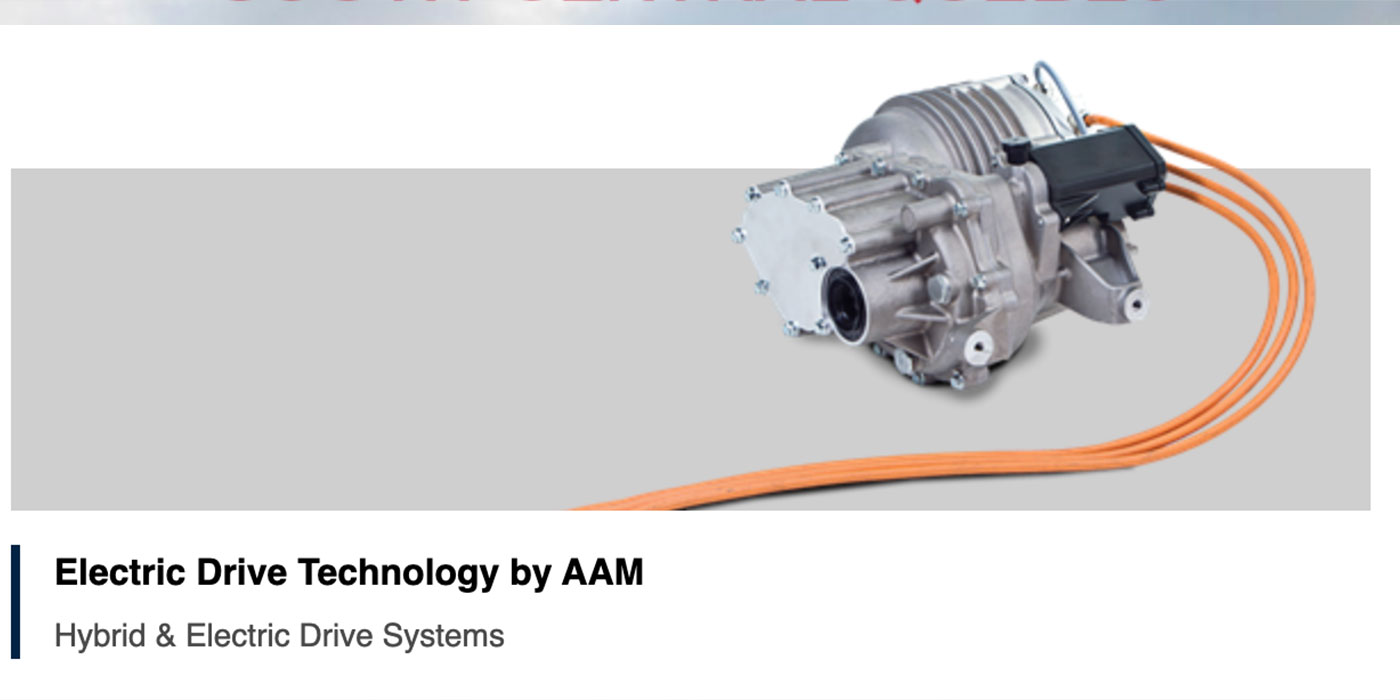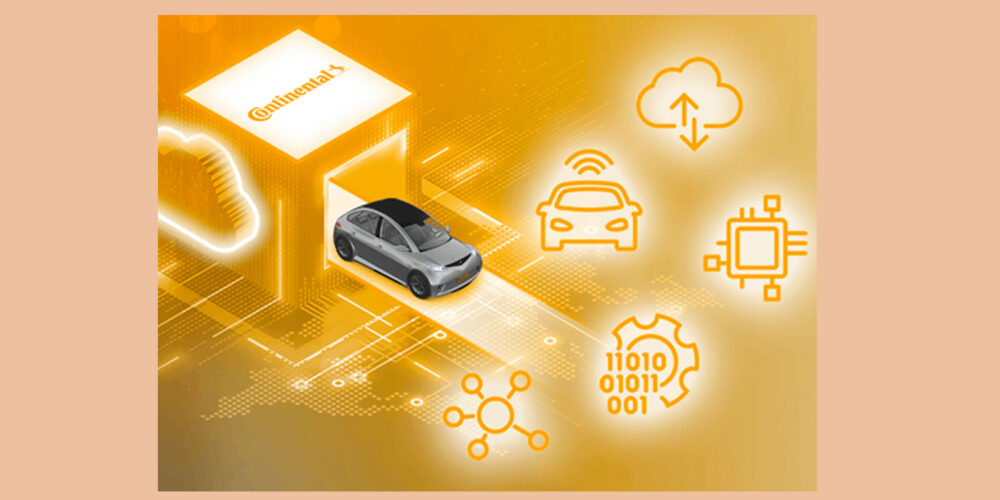 “Self-Driving Trucks!”
“Self-Driving Trucks!”
It’s an attention-getting statement but also a problematic oversimplification, according to Bendix Commercial Vehicle Systems. As the phrase pops up more and more often in commercial vehicle industry and media conversations in North America and around the world, Bendix stresses that delivering advanced automated technologies involves more than just technology.
Bendix says it continues to share its insight and encourage discussion of the automated/autonomous ecosystem – a complex and evolving environment in which advanced commercial vehicle safety systems are being developed, manufactured and adopted. Taking part in recent events, Bendix has emphasized the need for a deeper understanding of key factors across the full range of participants in the commercial vehicle and transportation industries.
“It’s not just a matter of adding new equipment to a truck and flipping a switch,” said Fred Andersky, Bendix director of government and industry affairs, who spoke at several of the events in June and July. “The technology will continue to advance, and there is definitely more automation on the way, but we’re going to be talking about driver assistance – not driver replacement – for quite a while yet. The various elements that come into play, from the technology to the customer to the overall industry to regulatory oversight, are all interconnected; they’ll all need to be clicking together before this ecosystem is ready to handle a fully driverless vehicle.”
Hype, Safety and Practicality
Bendix says a technology demonstration is one thing but effectively commercializing that technology to improve highway safety is something else entirely. No matter how automated/autonomous systems evolve, safety is paramount: Eagerness to put technology in the marketplace must not override the need for it to work properly and improve vehicle and highway safety.
“Whether we’re talking about collision mitigation or wirelessly linked platooning, we shouldn’t expect overnight leaps forward when it comes to advanced driver assistance systems on the roads,” said Andersky. “It’s evolution, not revolution: We improve sensor technology; we fuse input from cameras and radar together and integrate the data with more computing power; we tackle connectivity and data issues. Each step requires rigorous research, testing and real-world use and feedback.”
Technologies and Return on Investment
Even the most impressive technology needs to deliver its user a measurable return on investment (ROI) in order for the tech to make a widespread difference. And while fuel, labor and tires continue to be major cost factors to fleets, other significant considerations in today’s environment include maintenance and uptime, accident reduction and insurance, and driver satisfaction.
“Platooning will be no different in this regard,” said Andy Pilkington, Bendix product manager for radar and fusion. “Fleets will look for the ROI on fuel economy, but at the same time, they will not increase risk to their operations. That’s one reason Bendix views the progress toward more automated vehicles as a highly structured and incremental process, with each step forward built on proven and established technologies. In the case of platooning, those technologies include anti-lock tractor and trailer brakes, electronic stability control (ESC) – also known as full stability and advanced collision mitigation technology. Air disc brakes are also likely to be equipped on the first platooning vehicles, given that their braking performance is more predictable than foundation drum brakes.”
As technologies prove their worth, increased usage can also help shift the landscape. Well before this year’s mandate requiring full stability on the majority of new Class 7 and 8 trucks, most major North American truck manufacturers were already offering it as standard equipment, based on customer demand. Not only has this had the effect of lowering the initial investment cost in the system, it also helps pave the way for further safety advancements, as fleets and drivers enjoy the benefits of the foundational technology.
For more information about Bendix technologies, call 1-800-AIR-BRAKE or visit safertrucks.com/solutions.














